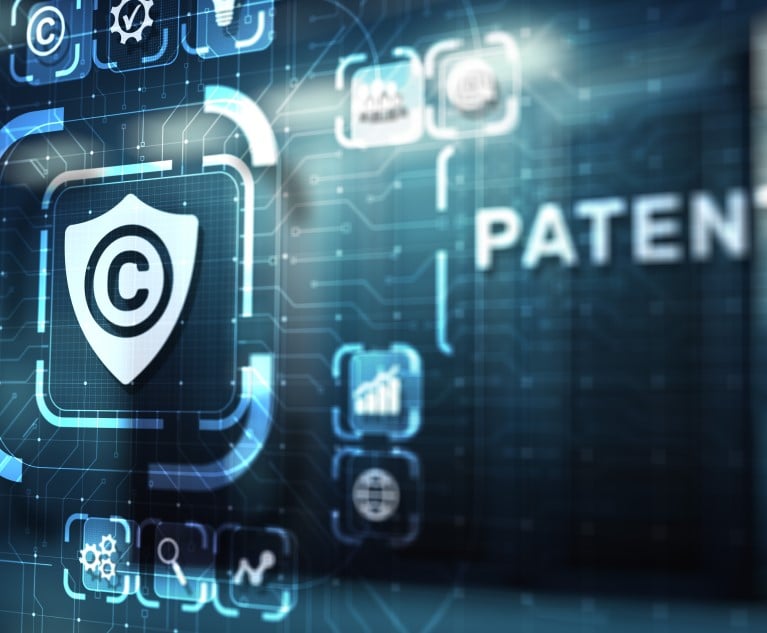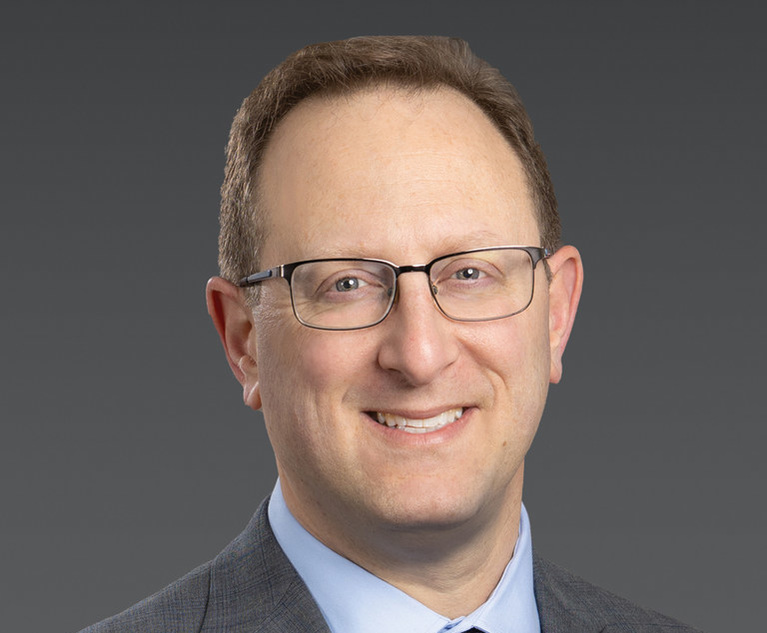The SPAC market is off to a brutal start to 2022, but a few bright spots with key similarities may point to a way out of the morass — find solid businesses with room to grow.
HighPeak Energy Inc., an oil and gas company, has doubled over the past year as crude prices surged. Warehouse automation firm Symbotic Inc.’s rally makes it the best performer among firms that went public by merging with a special-purpose acquisition company this year. And WillScot Mobile Mini Holdings Corp. analysts remain overwhelmingly optimistic on its outlook even after it tripled since its 2017 debut.
Of the 375 firms that went public by merging with a SPAC in the last five years, just 34, or less than 10%, have outperformed the S&P 500 Index over the past 12 months, according to data compiled and analyzed by Bloomberg. The group’s median gain of 5.6% is a sign that SPACs can be viable financing vehicles when properly used.
Many of the top de-SPACs have the same characteristics: revenue generation paired with expectations for further growth, Bloomberg data show. Mergers and expanded ventures have bolstered many of the companies, while experienced SPAC sponsors that are dedicated to building out the businesses are showing they can drive success rates.
“Platform stocks are good examples of companies that management and sponsors of the SPAC aren’t just bringing public as a partial exit, but have real plans to develop it,” said Alex Gavrish, chief executive officer of research firm Etalon Capital.
WillScot Mobile is a prime example of a de-SPAC that has made a string of deals to transform into a platform company, making it more attractive to investors, he said. Bowlero Corp., up 21% from a December debut, has outperformed and carries a reasonable valuation with the potential to benefit from the recovery of the entertainment industry, Gavrish said.
This is not the case for most of the companies that cashed in on the SPAC craze over the past two years, which were largely in fast-growing, speculative industries like cryptocurrencies and electric vehicles. As a result shareholders suffering dizzying bouts of volatility and big selloffs.
A glut of deal-needy sponsors paired with a looming wall of deadlines has pushed SPACs to target companies that are generating revenue now over those burning cash in hopes that investors will stick around. Online jeweler Blue Nile Inc. will go public through a tie-up with Mudrick Capital Acquisition Corp. II, while rental home company Appreciate agreed to merge with PropTech Investment Corp. II.
SPACs are called blank checks because they raise cash through a public offering with the goal of buying a private business, which is chosen later, within a certain time time frame, typically about two years. When the stock market was setting records, an insatiable demand for SPACs created a backlog. Now more than 700 need to find or close deals, nearly twice the number of successful mergers that have been completed since 2019.
The SPAC industry has been hit by heightened regulatory scrutiny and a broader risk-off investing environment where money managers are shying away from money-burning companies. One basket of 25 risky former SPACs has shed 82% from a peak early last year, and the IPOX SPAC Index, a group of both current and former SPACs has been nearly cut in half over that stretch.
“In 2022, the market has favored companies with positive free cash flow,” said Benjamin Kwasnick, founder of SPAC Research. “And the stock prices of growth companies that aren’t yet profitable have struggled.”
NOT FOR REPRINT
© 2024 ALM Global, LLC, All Rights Reserved. Request academic re-use from www.copyright.com. All other uses, submit a request to [email protected]. For more information visit Asset & Logo Licensing.


 Credit: iQoncept/Shutterstock
Credit: iQoncept/Shutterstock




